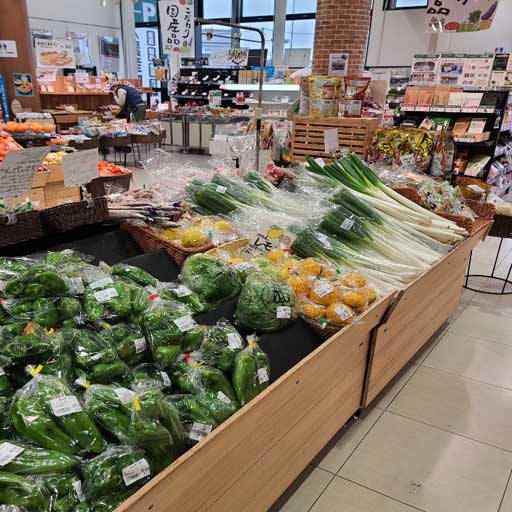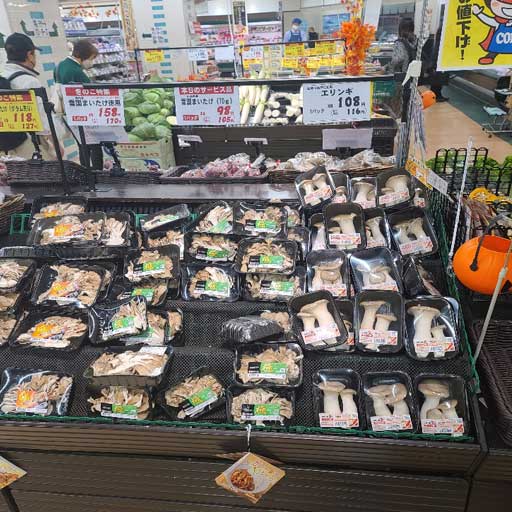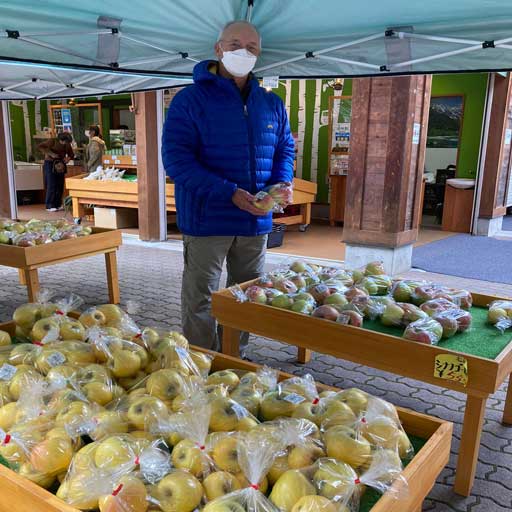In this blog we are going to visit and discuss the retail display of produce in Japan, and how it differs from the vast majority of retail displays in the United States. Knowing the differences might help U.S. farmers open up markets into the Japanese markets for agricultural products.
Organics are not a big part of the Japanese retail produce market as far as I am able to tell from my numerous visits to retail produce stores. However visual attractiveness, freshness, season and packaging all play important roles in market acceptance.
As mentioned in an earlier blog, in most cases Japanese grown produce will command higher retail prices when compared with foreign grown products. With that said, good quality foreign grown produce can receive good pricing if it is delivered to the retail markets in good condition, with no rotten individual fruits in the package.
As can be seen in the photos in this posting, the retail produce is packaged in attractive packaging, which plays two important functions. 1). It encourages the retail consumer to take a complete package as opposed to taking half, or pulling a bunch of grapes apart leaving the other half in the bin and 2). from what I have been able to see, the individual packaging does seem to minimize loss due to damaged produce or produce pulled apart or left in a bin.
Yes, it looks at first glance that more packaging creates more waste, which is true, but another truth I see is that better packaging results in less damaged product and less discarded produce at the retail level.
In the U.S. it is so common for retail clerks to constantly pull-out bad produce, restack the fruit, only to be pulled apart again by consumers, handling many fruits until they pick the one they like. While this has advantages, it also damages a lot of good produce along the way. Just look at how much produce is discarded at the last retail display case in order to show only the perfect or good fruit for the consumer.
So lessons to be learned from this? American and foreign producers can meet the demands of the Japanese markets, but they have to be willing to work and meet those requirements. Establish supply lines that minimize time loss. Package the produce in a manner that minimizes loss. Take the time to develop attractive packaging, attractive to the Japanese sensibilities, not those of your country. Make the effort to learn about how the Japanese consumer wants to see your product. When they want to see it – season. With that extra effort, American and foreign producers should be able to expand existing markets and develop new retail markets in Japan.
Make sure to check back here to see where we are going next!
Chris Van Hook
Chris Van Hook is an agricultural attorney working primarily in the USDA NOP regulations worldwide. He is based out of Northern California, has been in agriculture his entire life, attending law school in his mid 40’s. Email Chris with any comments or questions at: [email protected]
Available virtually, or Globally on site.



